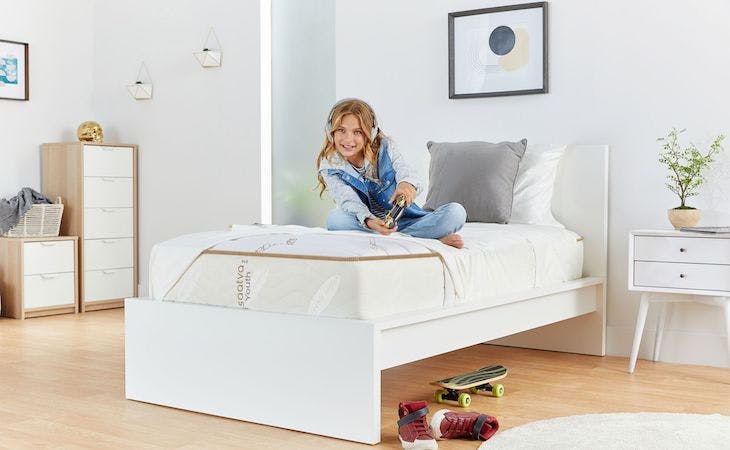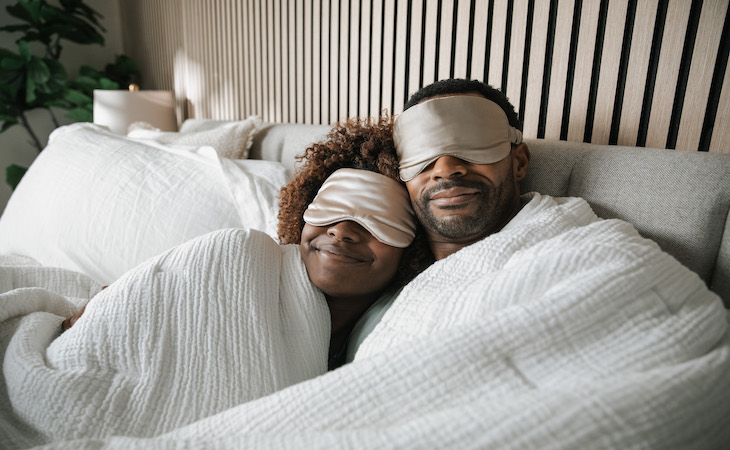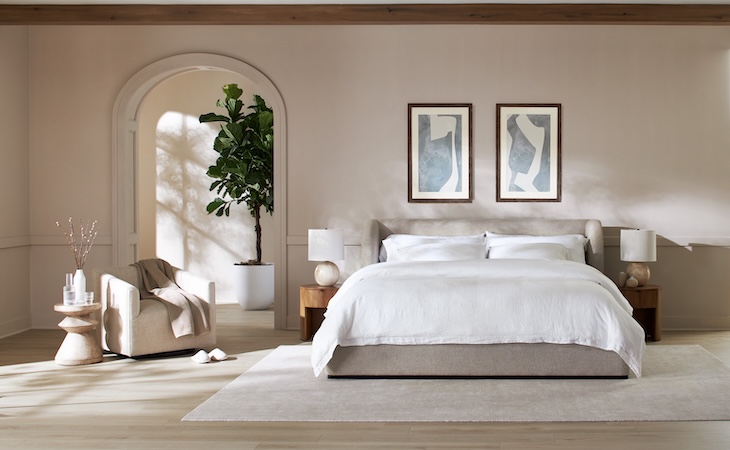Whether you have a 10-month-old or a 15-year-old, your child’s bedroom is the heart of the home for them. It’s where they sleep, do their homework, and play with friends.
Because your child spends so much of their time in the bedroom, you want to create a comfortable space for them—and maybe you even want to add a few luxurious touches to make it extra-special. When it comes to designing a luxury bedroom for your kid, it’s all about striking a balance of functionality, versatility, and creative design.
“We try to make designs that will grow with them and that are flexible long term, in terms of furniture,” says Rodman Primack, award-winning interior designer and founder of RP Miller design firm. “Because when it’s a nursery, for instance, it very quickly needs to modify into a little kid room and the needs change.”
You certainly don’t want your child’s bedroom to feel like an art museum, filled with breakable, decorative objects—but it can still have style and incorporate elements of playfulness that’ll inspire them.
To help you create a luxurious bedroom your kid will never want to leave—even when they turn 18 and are off to college—we tapped interior design experts for their helpful tips.
Invest in a second bed
From the newborn phase to toddlerhood to middle and high school, having a second bed in your child’s bedroom is a smart move not just for creating a cozy environment but for practical reasons too.
If your baby is sleeping in a crib or bassinet in their nursery, having a second bed allows a parent or another caregiver, like a nanny or a grandparent, to spend part of the night in the room with them.
Being steps away from their sleeping quarters also makes it easier for a parent to soothe and feed their baby in the middle of the night, Primack explains. When your child is older, the bed can be a comfortable place to read and sit during the day or use when friends come by for a sleepover.
“We often design rooms where we’ve at least accommodated a twin bed as a day bed, or in some fashion, something that doesn’t look like a bed,” says Primack. “It can look like a sofa, but there is always a place for an extra person to sleep.”
Get a comfortable rocking or lounge chair
A rocking chair or nursing recliner/glider is one of the few pieces of furniture many parents don’t realize has longevity.
“A comfortable lounge chair can be used from infancy through the later years for both the parent and child,” says Lisa Galano, interior designer and principal of Lisa Galano Design Consultancy.
While it’s great for soothing or nursing your baby and as a pumping station for breastfeeding moms, it’s also useful for reading to your kids as they get older, Primack says. And as they become more independent, they may look to it as a place to relax and pop open a good book.
You can also create a special reading nook with a bookcase, where you can add meditation cushions, floor pillows, a canvas fort, and poufs. “These are all playful additions to a bedroom that can help pull bedtime stories out of the bed and be dual-purposed for when friends come over,” Galano says. “It’s a place to play together too.”
Add texture to the walls
Sure, bright wallpaper and bold paints with cheerful colors and designs are fun, but kids love to play with textures. Consider lending some softness to your kid’s walls with a corkboard-like material and upholstering it with fabric.
“Very often for kids’ rooms, we’ll do whole walls with this kind of corkboard-like material so that kids can start pinning things up and decorating their room as they want to,” says Primack. “Even when they’re babies, you can put interesting things for them to look at on the walls.”
Putting up some fabric treatment also makes for a bold statement wall, where your kids can hang up their own artwork, tickets to see their favorite sports teams play, invitations to birthday parties, and awards won at school. Teens, meanwhile, can use it as a mood or vision board.
Get creative with different colors, patterns, and designs; you don’t need the walls to be completely monotone.
“We don’t shy away from patterns and colors because kids and babies also want style and stimulation,” Primack says. “We really want the kids’ rooms to feel personal, so it’s important to incorporate design elements that they feel connected with.”
Bonus: Fabric on the wall helps insulate sound so it can also make the room conducive to sleep.
Incorporate light dimmers and reading lamps
There’s no need to buy expensive, decorative lighting fixtures for your kid’s room because their tastes and needs will change over time. Instead, invest in installing dimmers on all lighting in the room. This allows you to regulate the light in the room, whether it’s daytime or night. You also want to consider the temperature of the bulb you choose for the bedroom.
“You never really want a cold, flat light—like the kind of light you have in bathrooms and kitchens—that helps you see better,” says Primack. “In order to have a cozy bedroom, use warm light bulbs. They should be on a warm spectrum and not a cold spectrum.”
For nighttime readers, Primack also suggests adding reading lights above the bed or bedside or integrating them into headboards.
“Often, we will have lamps on bedside tables and other kinds of lamps around the room because it’s nice to have ambient light from light bulbs and not just ceiling lights,” he says. “But we definitely always try to figure out a way that there are also reading lights so one light can just be on for a reader.”
Get creative with work and play stations
“A space to sleep is also not the space to do your homework or play, even in the most petite rooms,” Galano says. If your child is doing virtual learning from home or needs a designated place to do their homework, Galano recommends a wall-mounted, fold-down desktop or a 20- to 24-inch deep desk for school work.
This helps your child separate school from sleep and play so they can focus on their homework when they need to.
Galano also suggests making room for play. Younger kids, for instance, love to play on the floor, with toys like building blocks, rolling balls, and driving cars or trucks. “Clear floor space with a small area rug for play and use a bin to organize the toys,” she says.
Use built-in bookshelves for storage
Primack recommends installing built-in deep bookshelves in closets or walls to store your kid’s bedding, toys, and clothing. “Being able to put things away is the way to create an environment conducive to sleep,” he says. “You can never really get a room visually quiet enough to do homework or try to get some sleep without good storage.”
Built-in bookshelves offer lots of flexibility by freeing up space in other parts of the room. For example, you can get baskets or design containers to hold toys and stuffed animals your kid currently isn’t playing with and place them on the deep shelves.
Some parents rotate through their baby’s or kid’s toys and books so they don’t become overwhelmed or bored easily. The shelves also come in handy for setting aside things they no longer need and can be donated or given away to other family members.
Additionally, baskets are useful for storing towels, blankets, and other bedding, which you’ll need for your kid who may accidentally wet their bed at night.
“These shelves have such a long life,” says Primack. “Other than storing things, kids can use it to display things they collect,” whether that’s dolls, comic books, figurines, snow globes, games and puzzles, or trophies.
Cushion hardwood floors with cork and plush area rugs
While some people prefer wall-to-wall carpeting, Primack says it may be harder to clean in a kid’s room. Oftentimes, he advises parents to stick with a hard surface, whether it’s wood or tile. As with the walls, he also likes adding cork on the floor because it absorbs sound and is very durable. You can cover it with a rug to add more softness and texture.
“Cork is softer than a hardwood floor, so it’s great for babies who are crawling,” explains Primack. “We can do it in a lot of cool colors and patterns.”
Because kids make messes, he suggests cotton rugs, which are easy to replace and clean. “We also really like the faux sheepskin rugs that everyone loves right now,” adds Primack. “We’ll do layers of that for babies who are in their crawling stage, and you’re on the floor with them, for a softer and cozier feel.”
Galano also likes decorating hardwood floors with a plush area rug.
“They give flexibility to the space and allow you and your child’s taste to evolve over time,” she says. “However, if you already have wall-to-wall carpet installed, I like layering a thin area rug over it to change the feel of the room.” This can also help save on costs because carpeting is expensive to remove and the base flooring needs to be repaired, Galano notes.
Another option is to put in soft floor tiles. “They come in cool colors, stripes, and patterns, and if something gets stained or peed on by the dog, you’re only replacing two tiles and not the entire floor,” says Primack.
Choose comfortable, breathable bedding and a supportive mattress
Just as every bedroom in the house needs comfortable bedding, so does your kid’s. Primack recommends natural fibers and breathable fabrics, like cotton and linen. He adds that jersey bedding is a popular choice for kids because it’s soft like a T-shirt, breathable, and washes really well. “I think it’s such a good investment to spend money on sheets because I think it makes a big difference to the way that you sleep,” he says.
Galano likes all-white bedding because it’s versatile and easy to clean. “All-white bedding is my favorite for all ages because it creates a cloud-like feeling and is completely bleachable—chlorine-free, of course—so it’s always looking fresh,” she says. “I love Saatva’s
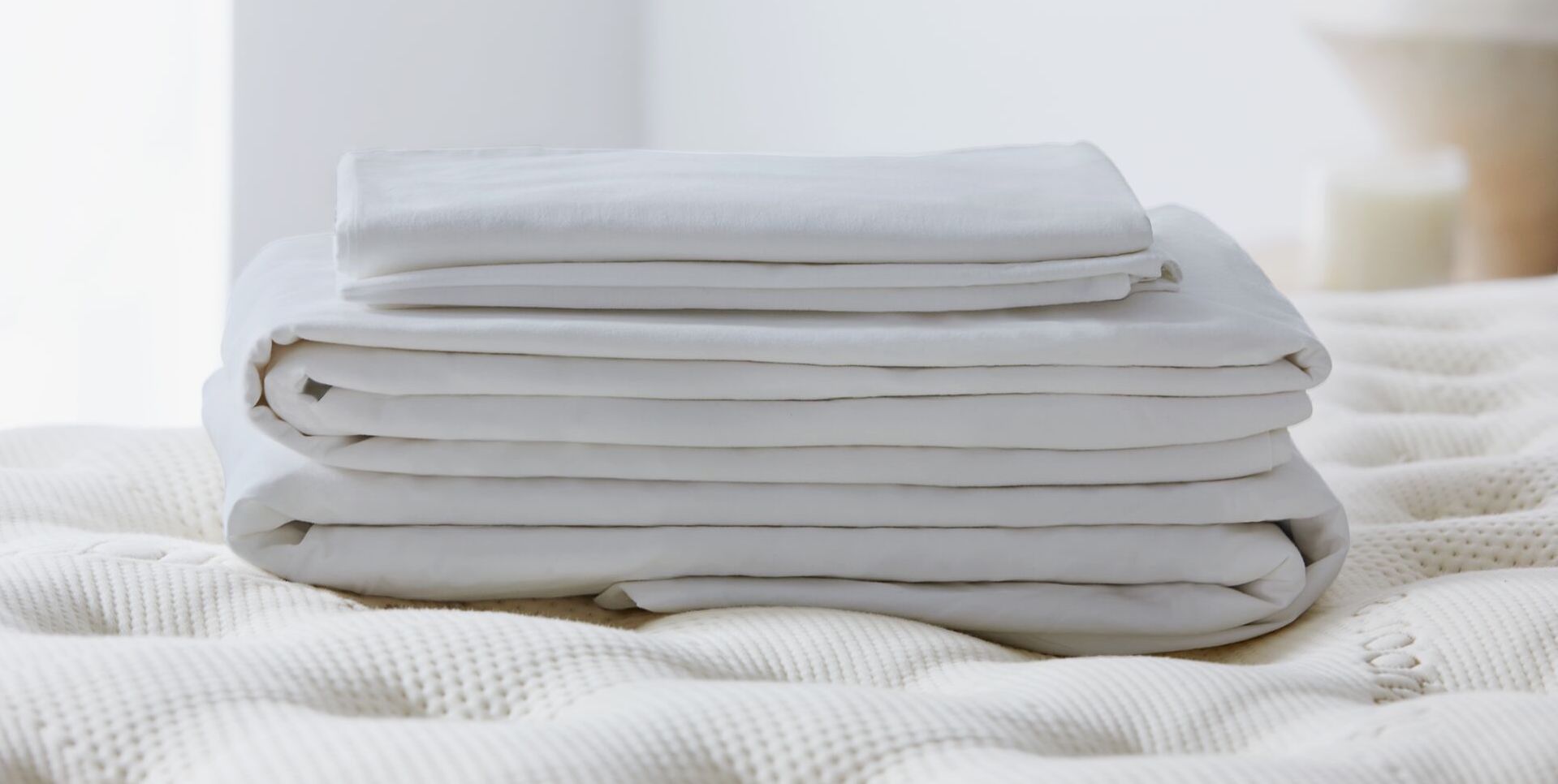
Crisp and cool percale cotton sheets with a luxe matte finish
and
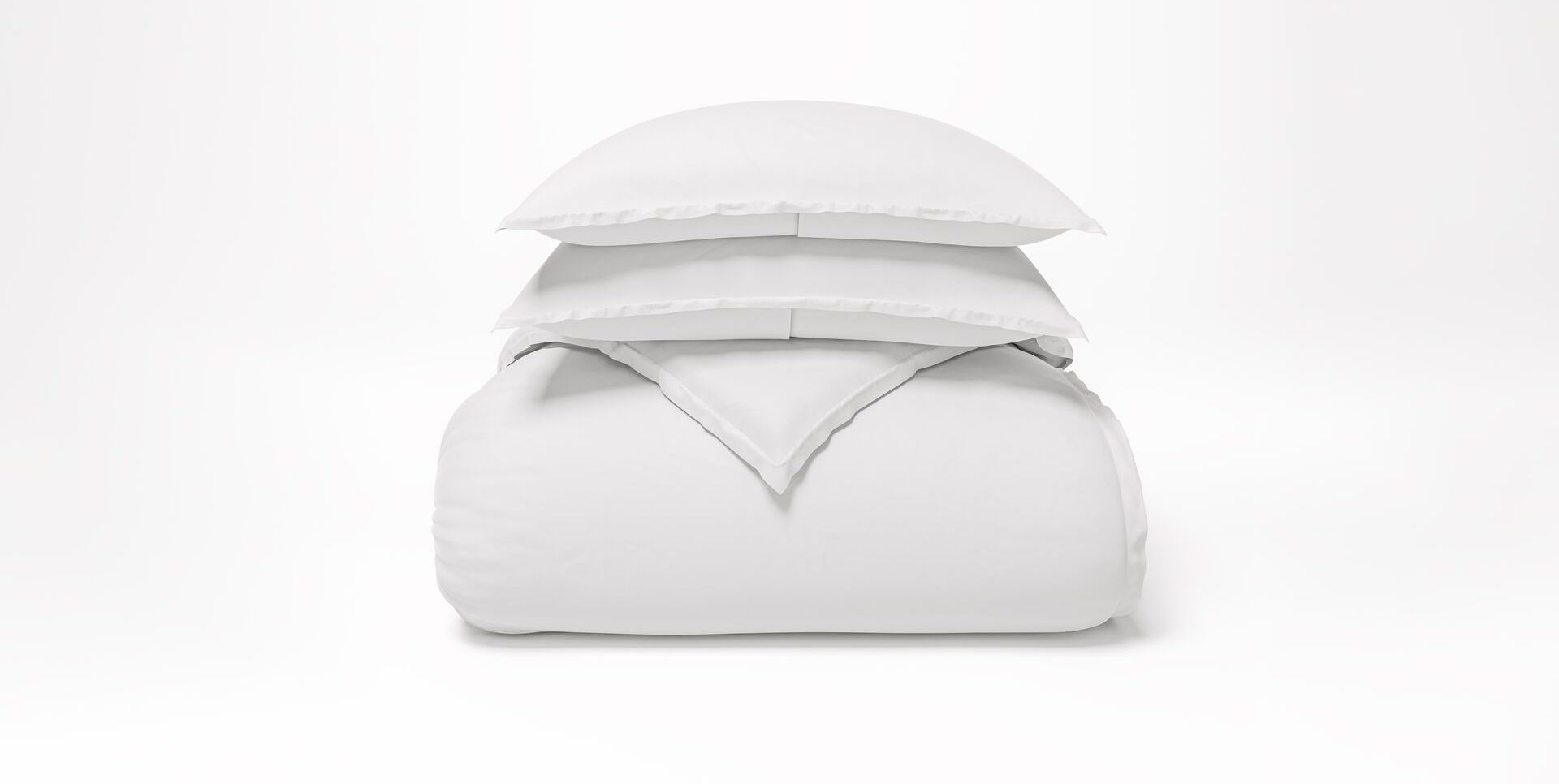
Crisp and cool percale cotton duvet cover and shams
I think they’re versatile for all seasons.”
In terms of bedding layers, it’s a good idea to give your kid options, like a flat sheet, blanket, and duvet cover, because sometimes they can run hot or cold.
You also want to invest in a durable yet comfortable mattress that will grow with your kids. Our
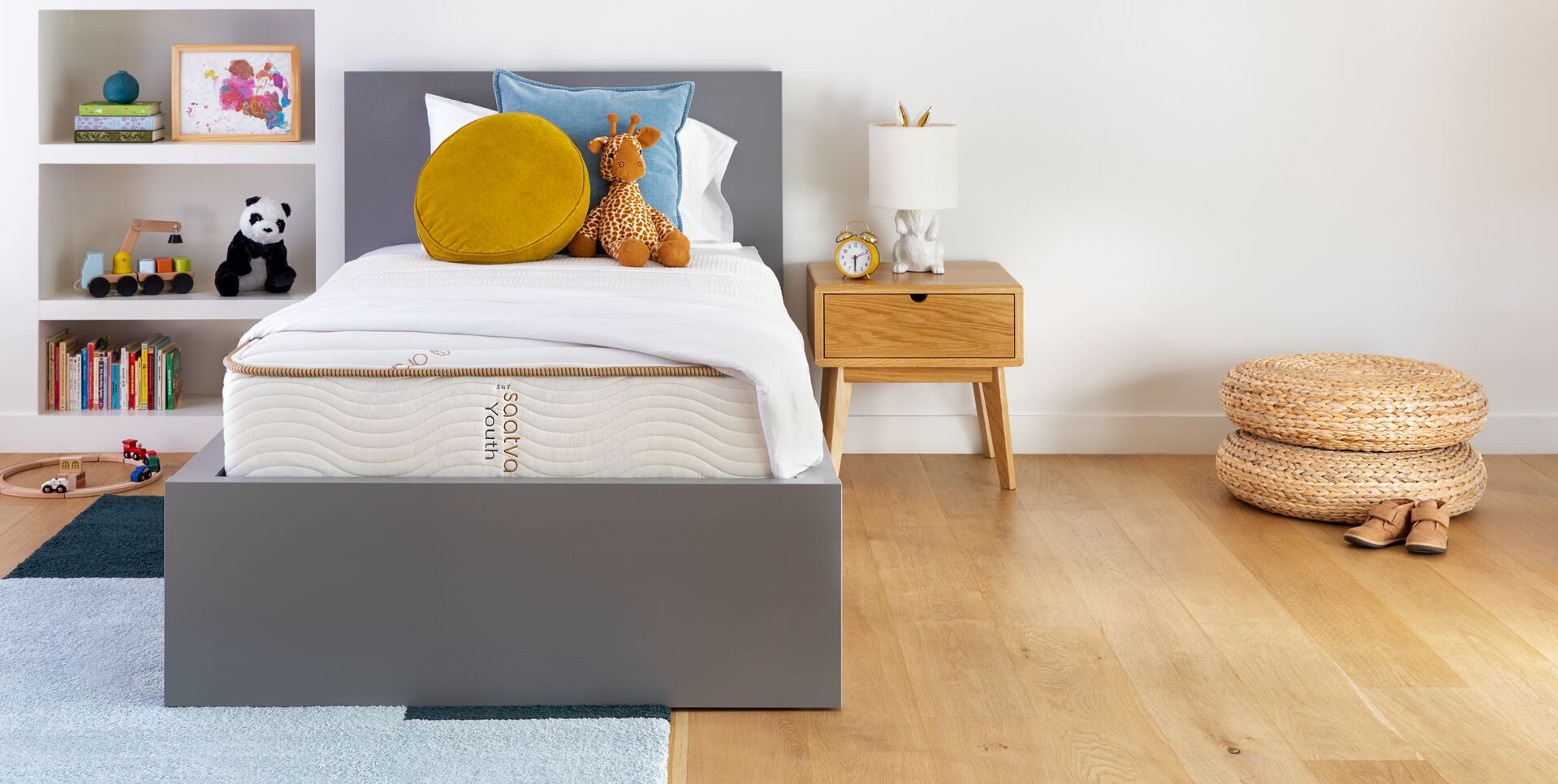
Our dual-sided nontoxic crib mattress for little ones
, for example, is dual-sided and ideal for kids ages 3 to 12. Firmer foams on the 3+ side offer optimal spinal support for younger children, while our Lumbar Zone® Active Spinal Wire on the 8+ side offers ideal support for older children.
It’s all wrapped in an organic cotton cover that’s hypoallergenic and antimicrobial. Plus, the foams inside the mattress are certified to be free of harmful chemicals. Finally, a water-resistant finish and internal waterproof barrier protect the mattress against stains and spills and make cleaning easy.
The bottom line: By adding a few luxurious touches to your child’s bedroom, you can create the ultimate cozy, comfortable space for them.

